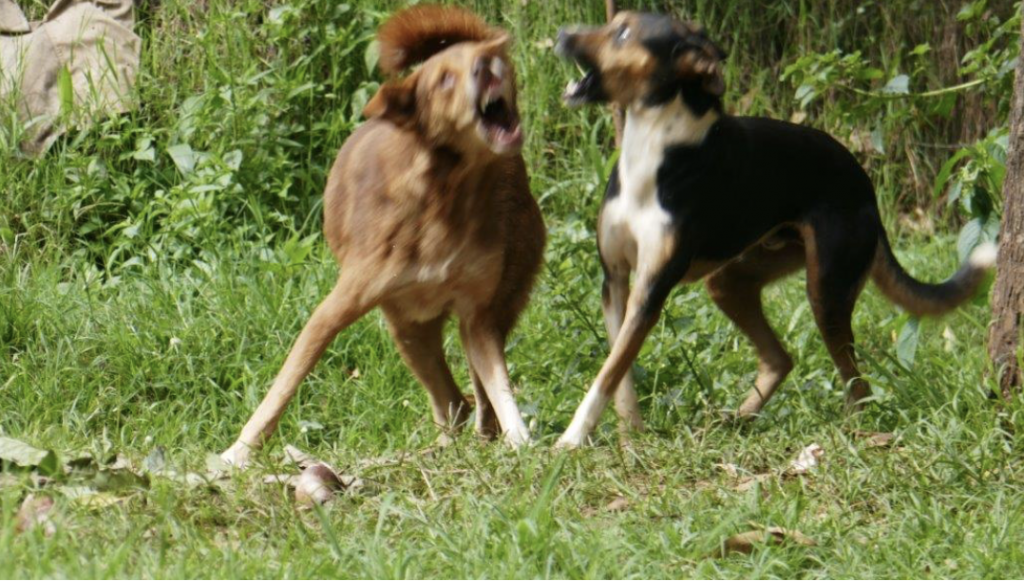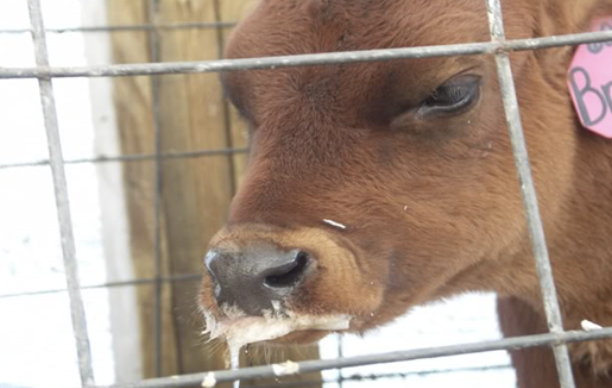
Photo Credit ILRI/ZooLink
Rabies Description
Rabies is a fatal viral disease affecting all mammals and most often transmitted to humans from rabid animals through bites or scratches
In 99% of cases, domestic dogs are responsible for rabies virus transmission to humans. The disease is almost always fatal following onset of clinical signs
Rabies is present on all continents, except Antarctica, with over 95% of human deaths occurring in the Asia and Africa regions.
In many developing countries (including Kenya), unvaccinated dogs are the primary source of infection for humans and almost always ends in death.

Rabies animal Symptoms
All mammals can get rabies. Most cases in domestic animals species occur in cats, dogs, cattle, and horses. In wildlife, bats can be a source of infection.
Signs of disease involve changes in behaviour, such as a friendly dog that becomes withdrawn or aggressive, or lack of fear in cattle
Other signs include restlessness, paralysis of their legs, difficulty swallowing, a lot of salivation and a change in the sound of their voice.
Affected animals overreact to stimuli such as noise or light.
Any animal infected with rabies will die in 7 to 10 days.
Rabies Transmission in animals
Rabies is most commonly spread among animals by the bite of an infected animal whose saliva contains the virus.
Open wounds, the eyes, nose, and mouth are also possible ways of becoming infected when in contact with saliva from an infected animal.
The virus is not thought to be spread by blood, urine or faeces.
Rabies human Symptoms
In most human cases, signs of rabies develop 1 to 3 months after exposure.
Early symptoms include fever, headache, itching at the site of the bite, confusion and abnormal behavior.
Hypersensitivity to light and sound, and difficulty swallowing can also occur.
Once signs of disease begin, recovery is very rare. Death usually occurs within 2 to 10 days.
Treatment before signs develop is highly effective and life-saving.
Rabies Transmission in human
Humans are usually infected following a deep bite or scratch from an animal with rabies.
Transmission can also occur when saliva from an infected animal comes into direct contact with human eyes, mouth, nose or fresh skin wounds
Other minor/rare routes are contamination of the eyes, nose and mouth, air transmission and organ transplantation
Rabies prevention
Animals should be vaccinated for rabies and kept away from wildlife.
Dogs, cats or ferrets that have bitten humans and show no signs of illness may be observed for rabies under veterinary supervision for 10 days.
Do not contact, handle or feed wild animals and report stray animals to your veterinarian.
Wildlife or domestic animals with unusual behavior should especially be avoided.
Do not pick up bats, dogs, cats or any animal that are laying on the ground. Report them to your nearest veterinarian immediately.
If you are bitten by any animal, wash the wound well with soap and hot water and contact your physician immediately.
Create awareness on dog behavior and bite prevention among children and adults and the importance of rabies vaccination
Rabies Action
Prevention is the best way to stop rabies. Therefore ensure that your animals (especially your dog and cat) are vaccinated against rabies
If you suspect rabies: (1) In animals – contact your veterinarian; (2) In humans contact your physician
Content provided by Zoonotic and Emerging Diseases Group (ZED) University of Liverpool, International Livestock Research Institute (ILRI), Zoonoses in Livestock in Kenya (ZooLink)